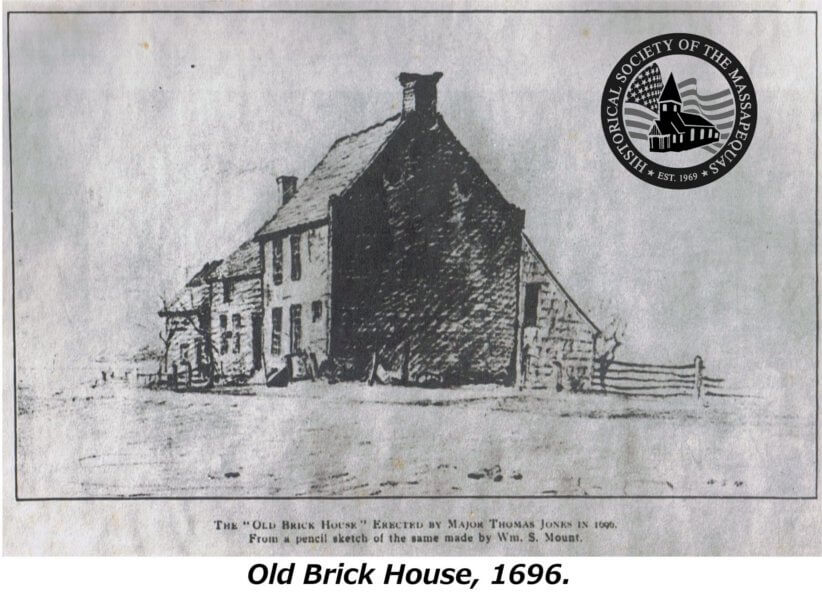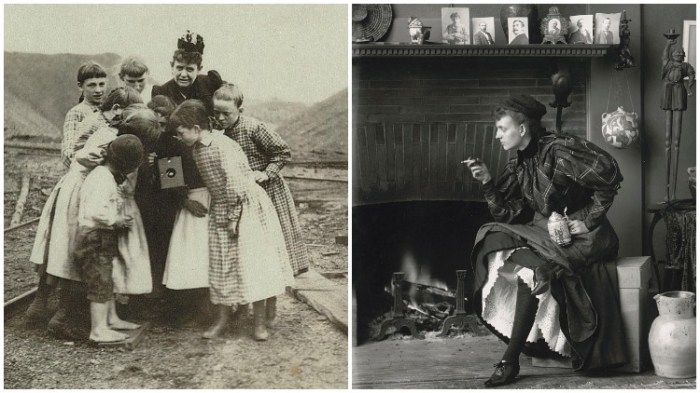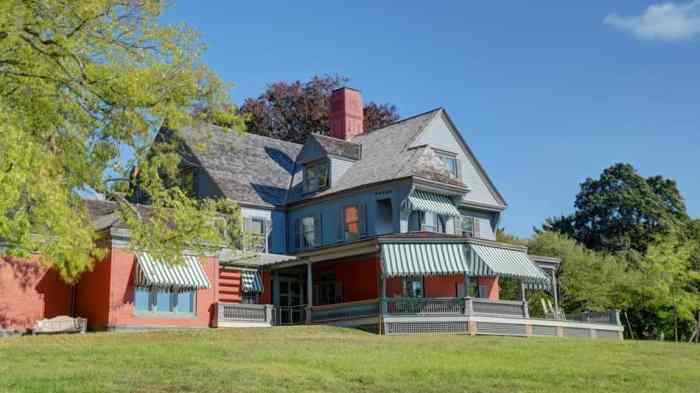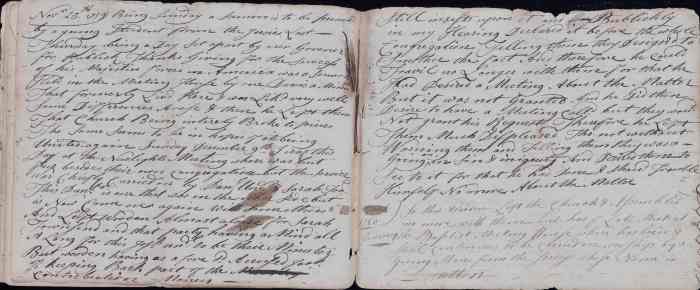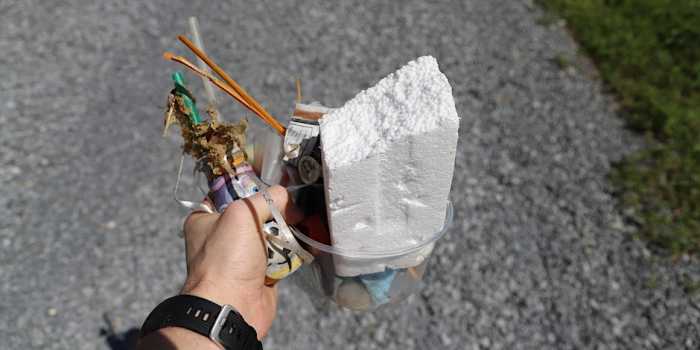The Haunted History of Maj. Thomas Jones’ Old Brick House at Massapequa Manor
Long Island’s Jones Beach is ranked among the world’s best beaches. Its stretch of pristine white sand facing the Atlantic Ocean beckons swimmers, surfers, and beachcombers to explore its sun-kissed beauty.
And yet, that simple beauty gives no hint of the persistent macabre legends that have swirled around the past of the man for whom the beach was named: Maj. Thomas Jones. Was there any truth to those tales? Or were they just fodder for wagging tongues?
What is truth and not legend is that as a privateer, a paid seafaring robber for the monarchy, Jones looted and pillaged enemy ships and settlements for years, but somehow escaped being prosecuted for piracy. After giving up his privateering activities, he settled into 17th century colonial life on Long Island, where he spent his final days.
Upon his death, stories of strange goings-on abounded: It was said that he murdered a boy he had asked to guard a chest of buried treasure. The once-grand house where he died was haunted by his ghost. A great black bird regularly invaded the ruins of his crumbling mansion. The structure’s windows would not stay closed. Graverobbers dug up his grave and scattered his skull and bones.
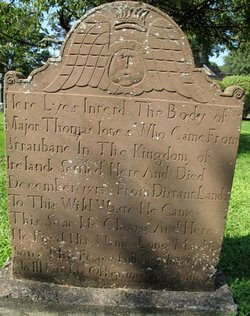
BEFORE THE BEACH
Jones, a sailor born in Northern Ireland in 1665, served in the army of King James II and as a privateer, which gave legitimacy to his attacks on enemy ships as he traveled to Jamaica and Rhode Island. He became acquainted with Capt. Thomas Townsend, who had an affection for Jones and in 1696 gave the Irish adventurer 300 acres of south Oyster Bay land near Massapequa known as “Fort Neck.”
Jones, with his bride Freelove Townsend Jones, Capt. Townsend’s daughter, used his ill-gotten loot to buy up the land around him from Native Americans, and built the first brick home on Long Island along the banks of the Massapequa River. As the area’s first white settlers, they owned 6,000 acres altogether, stretching from Cold Spring Harbor on the island’s North Shore to the South Shore beach that would bear his name.
The area was an isolated swampy sandbar, as described by John H. Jones in his 1907 book The Jones Family of Long Island: “When Maj. Thomas Jones built this house there was not another one standing within several miles of it. It was a wild and desolate region, and the Massapequa meadows (whereon the house stood) were [sic] bounded on the north by dense woodland …”
The major also built a whaling station in 1700 for hunting whales along the entire South Shore. His large tract of land would eventually be donated to New York State to develop as Jones Beach State Park.
SCREAMS AND UNQUIET WINDOWS
Jones lived for 20 years at the Thomas Jones Homestead called the “Old Brick House,” built south of Massapequa Lake near present-day Biltmore Shores. He died in 1713 and was buried near his house in what has been described as a lonely grave, behind what is today known as Old Grace Church.
After the burial, wild tales sprang up. It was rumored that just before he died a large black bird flew into the house through an open window, sat on his pillow, and stayed until the old man took his last breath. After that, the stories grew stranger: The bird was believed to be a demon. The window it had entered through would not stay shut, so the bird flew in and sat on Jones’ bed every night. Jones’ sons and grandsons tried to secure the window: They locked it. They boarded it up. They bricked over it.
Every nightfall, “their work would be destroyed, and strange sights would be seen and awful voices heard,” according to Benjamin F. Thompson’s book History of Long Island, as Jones’ ghost came in through the open window and walked about the mansion.
There was more lore: People said that Jones had buried a chest full of treasure near the old brick house and asked a Black boy to guard it. Then he killed the boy and threw him on the chest he buried. For centuries, until the 1900s, people living near the dilapidated, deteriorating house would swear they heard the boy’s screams emanating from the swamp that became known as Jones Beach.
THE PIRATE’S GRAVE
The rumor persisted that Jones had buried his pirate treasure somewhere on his estate. Over the next 100 years, as the house fell into disrepair, the lure of buried treasure drew trespassers who repeatedly dug up Jones’ grave. They desecrated the burial site, strewing the dead pirate’s bones on the ground. The upper half of his skull was taken.
In 1836, having endured the ravages of rumor and robbery for more than 140 years, Jones’ Old Brick House was demolished and replaced with Massapequa Manor.




